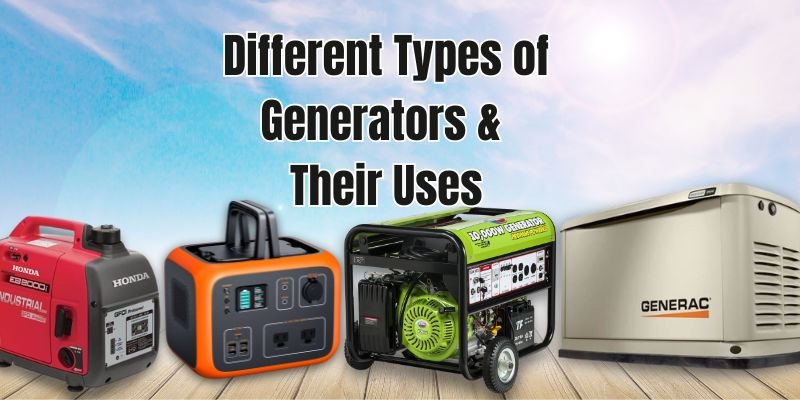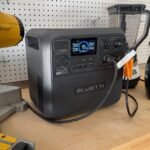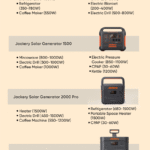Disclosure: This post contains affiliate links and I will be compensated if you make a purchase after clicking through my links. Learn More
Peak watts on a generator refer to the maximum power output it can produce for a short period. This is crucial during startup surges.
Generators are essential for providing backup power during outages or in off-grid locations. Understanding peak watts is vital for selecting the right generator. Peak watts, also known as surge watts, indicate the highest power level the generator can handle momentarily.
This is particularly important when starting appliances with high initial power demands, such as refrigerators or air conditioners. Choosing a generator with sufficient peak wattage ensures that your devices operate smoothly and without interruption. Always check the peak wattage rating to match your power needs accurately. This helps prevent overloading and ensures reliable performance.
Introduction To Peak Watts
Understanding peak watts is crucial for generator users. Peak watts help you know your generator’s power limits. This section explains what peak watts mean.
Definition
Peak watts, also known as surge watts, indicate the maximum power a generator can handle. This peak power is usually needed for a short time. It helps manage the initial surge when starting appliances.
For example, starting a refrigerator requires more power than running it. The initial surge uses peak watts. Once started, it uses running watts. Knowing this helps you choose the right generator.
Importance
Understanding peak watts helps avoid overloading your generator. Overloading can damage both the generator and your appliances.
Here’s why knowing peak watts is crucial:
- Prevents generator overload
- Ensures safe appliance use
- Maximizes generator lifespan
- Helps in purchasing the right generator
To summarize, peak watts are essential for safe and efficient generator use. They protect your appliances and ensure longevity.
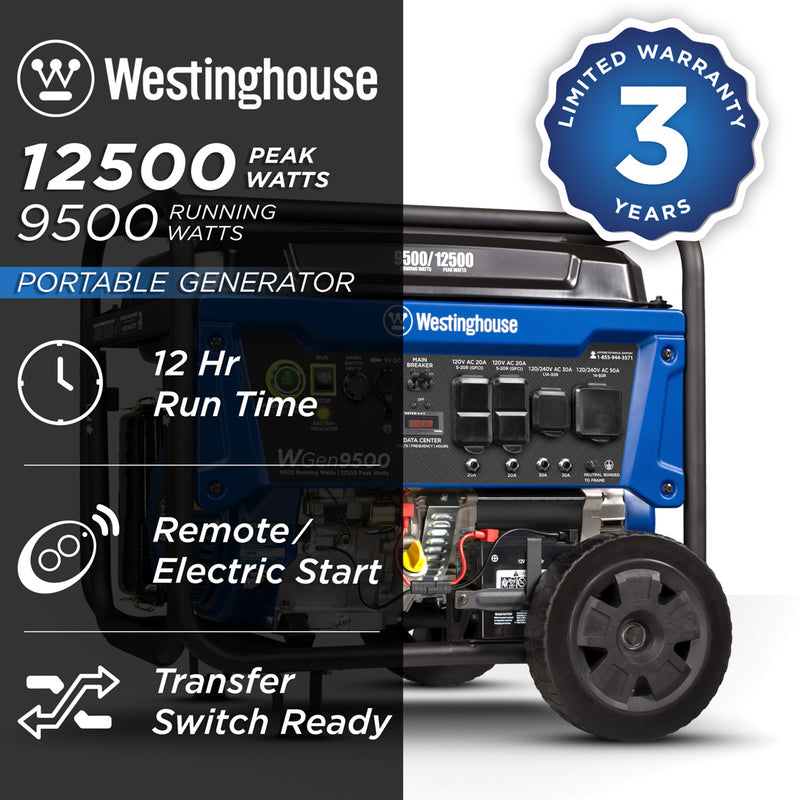
Difference Between Peak And Running Watts
Understanding the difference between peak and running watts is crucial when selecting a generator. Knowing how each type of wattage affects your generator’s performance helps ensure you get the right power for your needs.
Peak Watts
Peak watts, also known as surge watts, represent the maximum power a generator can produce. This high power output is usually required only for a short time. Appliances with electric motors, like refrigerators, need extra power to start.
For example, a fridge might need 1,200 peak watts to start, but only 200 running watts to operate. Generators handle these short bursts of high power, ensuring your devices start without issues.
Running Watts
Running watts indicate the continuous power a generator can supply. This is the power needed to keep your appliances running over time. For instance, if your generator provides 2,000 running watts, you can continuously run devices that total up to 2,000 watts.
Running watts are crucial for steady power supply. They ensure your devices stay on as long as the generator is running. Unlike peak watts, running watts are consistent and do not fluctuate.
| Watts Type | Description | Use Case |
|---|---|---|
| Peak Watts | Maximum power output for short bursts | Starting appliances with motors |
| Running Watts | Continuous power output | Operating appliances steadily |
Understanding these differences ensures you choose the right generator. This way, your devices run smoothly, and you avoid overloading your generator.
How Generators Use Peak Watts
Understanding peak watts is crucial for generator users. Generators need peak watts to handle sudden power demands. These demands occur during power surges and initial startup phases.
Power Surges
Generators must manage power surges effectively. Power surges happen when devices need extra power briefly. For instance, a refrigerator’s compressor or a power tool can cause surges. Generators use peak watts to supply this extra power. This prevents tripping and ensures smooth operation.
Initial Startup
The initial startup phase demands peak watts. Electrical devices need more power when starting. Think about starting a car; it needs more power to crank the engine. Similarly, appliances draw more watts initially. Generators must deliver these peak watts to avoid malfunctions.
Here’s a quick comparison of power usage:
| Device | Running Watts | Peak Watts |
|---|---|---|
| Refrigerator | 700 | 2200 |
| Microwave | 1000 | 2000 |
| Air Conditioner | 1500 | 3000 |
Note the difference between running watts and peak watts. Generators must handle the higher numbers. This ensures a reliable power supply without interruptions.
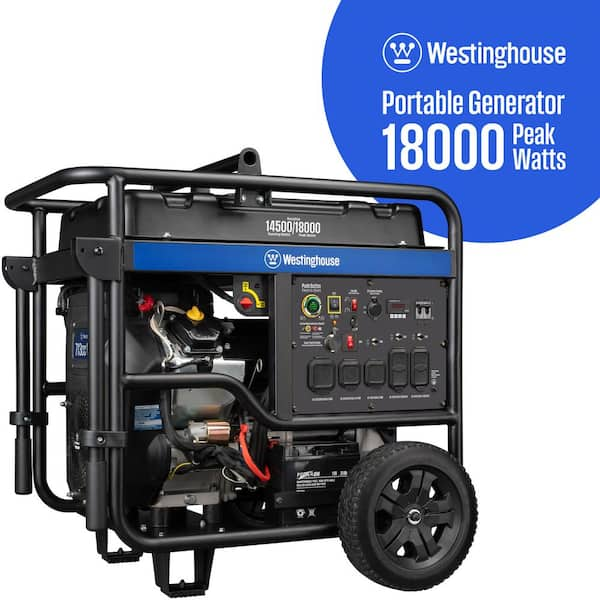
Calculating Peak Wattage Needs
Understanding peak wattage is crucial for choosing the right generator. You need to calculate peak wattage needs before purchasing. This ensures your generator can handle your appliances during power surges.
Identify Appliances
First, list all the appliances you plan to run on your generator. Common appliances include:
- Refrigerator
- Microwave
- Air conditioner
- Television
- Lights
Each appliance has a specific wattage requirement. Look for a label on each appliance. This label shows the required wattage.
Summing Wattages
Next, sum the wattages of all your appliances. This gives you the total running wattage. Some appliances need more power to start. This is called starting wattage.
| Appliance | Running Wattage | Starting Wattage |
|---|---|---|
| Refrigerator | 700W | 1200W |
| Microwave | 1000W | 1000W |
| Air Conditioner | 2000W | 3000W |
| Television | 200W | 200W |
| Lights | 500W | 500W |
Add the highest starting wattage to the total running wattage. This sum gives you the peak wattage you need.
Choosing The Right Generator
Understanding peak watts is key to choosing the right generator. Peak watts refer to the maximum power a generator can provide. This is crucial during startup when appliances need more power. Here’s how to choose the right generator for your needs.
Power Requirements
First, identify your power requirements. List all the devices you want to run. Each device has a specific wattage rating. Add up these wattages to find your total power needs.
Here is a simple table to help:
| Device | Running Watts | Starting Watts |
|---|---|---|
| Refrigerator | 700 | 2200 |
| TV | 200 | 400 |
| Microwave | 1000 | 1500 |
Add the running watts for continuous use. Add the highest starting wattage for peak load. This total gives your power requirements.
Generator Types
There are various generator types to consider. Here are the main ones:
- Portable Generators: Easy to move around, suitable for small power needs.
- Inverter Generators: Provide clean power, great for sensitive electronics.
- Standby Generators: Permanently installed, automatically start during outages.
Choose based on your power needs and usage frequency. For camping, a portable generator is ideal. For home use, a standby generator is better.
Maximizing Generator Efficiency
Understanding peak watts on a generator helps you use it effectively. Peak watts, or starting watts, indicate the highest power level a generator can handle. Efficient use of a generator means maximizing its output while maintaining longevity.
Proper Usage
Always match the generator’s wattage with your needs. Overloading can damage the generator. Create a list of all devices you plan to power. Check their wattage requirements. Add up the total wattage and ensure it stays below the peak wattage.
- Calculate total wattage.
- Stay below peak wattage.
- Avoid overloading.
Use the generator in well-ventilated areas. This prevents overheating and ensures safety. Never run it indoors. Ensure the generator is on a stable surface.
Regular Maintenance
Regular maintenance keeps your generator running smoothly. Check oil levels frequently. Change the oil according to the manufacturer’s instructions. Clean the air filter to ensure optimal performance.
- Check oil levels.
- Change oil as needed.
- Clean air filter.
Store the generator properly. This prevents dust and debris from entering. Use a cover if storing outdoors. Run the generator monthly to keep it in good condition.
| Maintenance Task | Frequency |
|---|---|
| Check oil levels | Before each use |
| Change oil | Every 50 hours |
| Clean air filter | Every 25 hours |
Common Mistakes To Avoid
Understanding peak watts on a generator is crucial for its proper use. Many people make mistakes that can lead to damage. This section covers common errors and how to avoid them.
Overloading
One of the biggest mistakes is overloading the generator. Each generator has a peak wattage limit. Exceeding this limit can cause serious issues.
- Always check the generator’s peak wattage.
- Add up the total watts of your devices.
- Ensure the total watts do not exceed the generator’s limit.
Overloading can cause the generator to overheat. It can also damage connected devices.
Ignoring Maintenance
Ignoring regular maintenance can shorten the generator’s life. Simple checks can prevent big problems.
- Check the oil level regularly.
- Clean or replace air filters as needed.
- Inspect the spark plugs for wear.
Regular maintenance ensures the generator works efficiently. It also helps avoid unexpected failures.
| Maintenance Task | Frequency |
|---|---|
| Oil Check | Every 50 hours |
| Air Filter | Every 100 hours |
| Spark Plug | Every 200 hours |
Skipping these simple tasks can lead to costly repairs.

Frequently Asked Questions
What Are Peak Watts On A Generator?
Peak watts refer to the maximum power a generator can produce for short periods.
How Are Peak Watts Different From Running Watts?
Peak watts are higher than running watts and are meant for initial power surges.
Why Are Peak Watts Important For Generators?
Peak watts ensure your generator can handle startup surges from appliances.
Can Peak Watts Damage My Generator?
Exceeding peak watt capacity can cause overheating and potential damage to the generator.
Final Words
Understanding peak watts on a generator helps you choose the right model. It ensures your devices run smoothly. Knowing this term can prevent overloads and costly damages. Make sure to check the peak watt rating before purchasing. This small step can save you a lot of hassle in the long run.

